
Keywords: Ecology
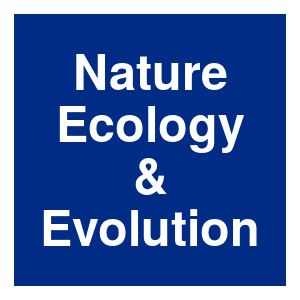
|
Wolbachia still works when it is warmMcKay, A., Nature Ecology and Evolution, 8. 2024.
Wolbachia is a maternally inherited endosymbiotic bacterium that can impede the transmission of viruses such as dengue and Zika by some mosquito vectors to humans. Over the past decade, this self-sustaining disease-control method has been rolled out in cities of increasing size; ... Keywords: Ecology, gene drive synthetic, modelling, mosquito, population dynamics |
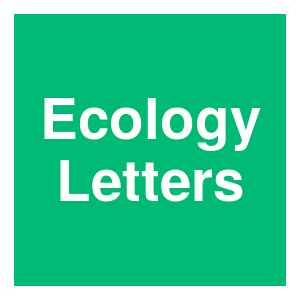
|
Incorporating ecology into gene drive modellingJ. Kim, K. D. Harris, I. K. Kim, S. Shemesh, P. W. Messer and G. Greenbaum, Ecology Letters, 26:S62-S80. 2023.
Abstract Gene drive technology, in which fast-spreading engineered drive alleles are introduced into wild populations, represents a promising new tool in the fight against vector-borne diseases, agricultural pests and invasive species. Due to the risks involved, gene drives have ... Keywords: Ecology, gene drive synthetic, modelling, mosquito, population dynamics |

|
Leveraging eco-evolutionary models for gene drive risk assessmentM. A. Combs, A. J. Golnar, J. M. Overcash, A. L. Lloyd, K. R. Hayes, D. A. O’Brochta and K. M. Pepin, Trends in Genetics, 2023.
As development of gene drive systems accelerates and diversifies, predicting outcomes for target populations and the potential for human and environmental risks requires accounting for numerous eco-evolutionary processes.Gene drive dynamic models quantify the influence of ... Keywords: Ecology, gene drive synthetic, modelling, mosquito, population dynamics |

|
What are gene drivers and why do 300,000 people want them banned?Anika, Social Bites, 2022.
Ecologists in Action and Madrid Agroecologico submitted 300,000 citizen signatures to the Ministry of Ecological Transition and Demographic Challenge, asking Minister Teresa Ribera to give Spain a boost. International moratorium on technology for the release of organisms modified ... Keywords: Ecology, gene drive synthetic, modelling, mosquito, population dynamics |
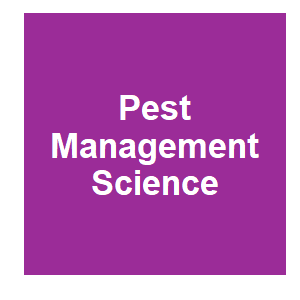
|
Could species-focused suppression of Aedes aegypti, the yellow fever mosquito, and Aedes albopictus, the tiger mosquito, affect interacting predators? An evidence synthesis from the literatureJ. A. S. Bonds, C. M. Collins and L.-C. Gouagna, Pest Management Science, 2022.
The risks of Aedes aegypti and Aedes albopictus nuisance and vector-borne diseases are rising and the adverse effects of broad-spectrum insecticide application has promoted species-specific techniques, such as sterile insect technique (SIT) and other genetic strategies, as ... Keywords: Ecology, gene drive synthetic, modelling, mosquito, population dynamics |

|
Selfish migrants: How a meiotic driver is selected to increase dispersalJ. N. Runge, H. Kokko and A. K. Lindholm, J Evol Biol, 2022.
Meiotic drivers are selfish genetic elements that manipulate meiosis to increase their transmission to the next generation to the detriment of the rest of the genome. One example is the t haplotype in house mice, which is a naturally occurring meiotic driver with deleterious ... Keywords: Ecology, gene drive synthetic, modelling, mosquito, population dynamics |
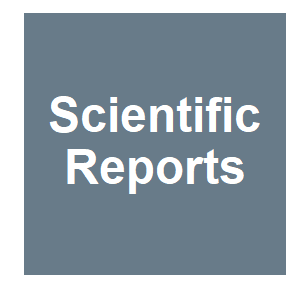
|
Adult mosquito predation and potential impact on the sterile insect techniqueN. S. Bimbilé Somda, H. Maïga, W. Mamai, T. Bakhoum, T. Wallner, S. B. Poda, H. Yamada and J. Bouyer, Scientific Reports, 12:2561. 2022.
The sterile insect technique is a promising environmentally friendly method for mosquito control. This technique involves releasing laboratory-produced sterile males into a target field site, and its effectiveness may be affected by the extent of adult mosquito predation. Sterile ... Keywords: Ecology, gene drive synthetic, modelling, mosquito, population dynamics |
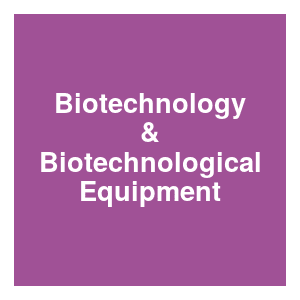
|
Gene drives in malaria control: what we need to knowR. Mudziwapasi, M. C. Changara, A. Ndudzo, T. Kaseke, F. Godobo, F. L. Mtemeli, R. Shoko, F. Songwe, S. Ndlovu and S. Sandra Mlambo, Biotechnology and Biotechnological Equipment, 35:1623-1631. 2021.
Gene drives are being used to enhance a DNA sequence?s likelihood of passing between generations via sexual reproduction. Gene drives can be deployed to manipulate natural populations. They can be used to suppress populations by reducing the number of individuals in a population ... Keywords: Ecology, gene drive synthetic, modelling, mosquito, population dynamics |
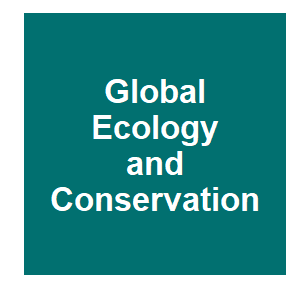
|
Ecological vulnerability analysis for suppression of Drosophila suzukii by gene drivesC. R. Lalyer, L. Sigsgaard and B. Giese, Global Ecology and Conservation, 32:e01883. 2021.
Synthetic gene drives are transgenic constructs that aim to bias heredity and thereby influence the characteristics and fate of populations regarding abundance and evolution. Aside from irreversible effects in ecosystems that could be triggered by the release of a gene drive, ... Keywords: Ecology, gene drive synthetic, modelling, mosquito, population dynamics |
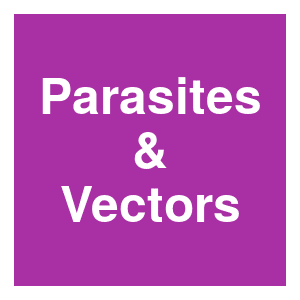
|
Fine-scale estimation of key life-history parameters of malaria vectors: implications for next-generation vector control technologiesA. L. Morris, A. Ghani and N. Ferguson, Parasites and Vectors, 14:311. 2021.
Mosquito control has the potential to significantly reduce malaria burden on a region, but to influence public health policy must also show cost-effectiveness. Gaps in our knowledge of mosquito population dynamics mean that mathematical modelling of vector control interventions ... Keywords: Ecology, gene drive synthetic, modelling, mosquito, population dynamics |
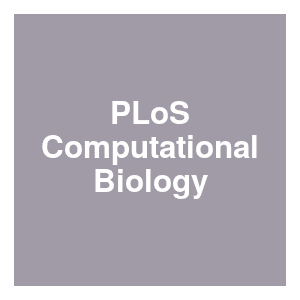
|
MGDrivE 2: A simulation framework for gene drive systems incorporating seasonality and epidemiological dynamicsS. L. Wu, J. B. Bennett, C. H. Sánchez, A. J. Dolgert, T. M. León and J. M. Marshall, PLoS Comput Biol, 17:e1009030. 2021.
We present MGDrivE 2 (Mosquito Gene Drive Explorer 2): a significant development from the MGDrivE 1 simulation framework that investigates the population dynamics of a variety of gene drive architectures and their spread through spatially-explicit mosquito populations. Key ... Keywords: Ecology, gene drive synthetic, modelling, mosquito, population dynamics |
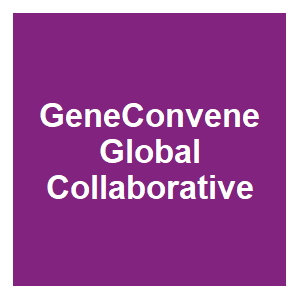
|
Ecological Relationships of Mosquito Disease Vectors: Anticipating Risk Assessment of Gene Drive TechnologiesStephanie James, Hector Quemada and David O'Brochta, GeneConvene Global Collaborative, 2021.
An often-raised concern for the development of genetically modified mosquito technologies, particularly those involving gene drive, as tools to prevent disease transmission is the limitation of our understanding of the roles these species may play within the ecosystem. This ... Keywords: Ecology, gene drive synthetic, modelling, mosquito, population dynamics |

|
Ecological Relationships of Mosquito Disease Vectors: Anticipating Risk Assessment of Gene Drive TechnologiesStephanie James, Hector Quemada and David O'Brochta, GeneConvene Global Collaborative, 2021.
An often-raised concern for the development of genetically modified mosquito technologies, particularly those involving gene drive, as tools to prevent disease transmission is the limitation of our understanding of the roles these species may play within the ecosystem. This ... Keywords: Ecology, gene drive synthetic, modelling, mosquito, population dynamics |
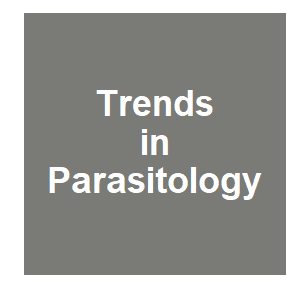
|
Mosquito Sexual Selection and Reproductive Control ProgramsL. J. Cator, C. A. S. Wyer and L. C. Harrington, Trends in Parasitology, 37:330-339. 2021.
The field of mosquito mating biology has experienced a considerable expansion in the past decade. Recent work has generated many key insights about specific aspects of mating behavior and physiology. Here, we synthesize these findings and classify swarming mosquito systems as ... Keywords: Ecology, gene drive synthetic, modelling, mosquito, population dynamics |

|
Polyandry blocks gene drive in a wild house mouse populationA. Manser, B. Konig and A. K. Lindholm, Nature Communications, 11:8. 2020.
Here, we study the impact of polyandry on a well-known gene drive, called t haplotype, in an intensively monitored population of wild house mice. First, we show that house mice are highly polyandrous: 47% of 682 litters were sired by more than one male. Second, we find that ... Keywords: Ecology, gene drive synthetic, modelling, mosquito, population dynamics |
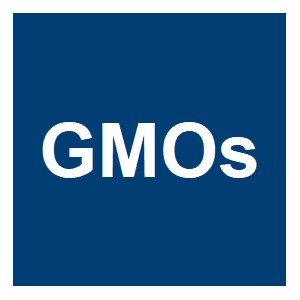
|
GMOs: Implications for Biodiversity Conservation and Ecological ProcessesChaurasia, Anurag , Hawksworth, David L., Pessoa de Miranda, Manoela., GMOs: Implications for Biodiversity Conservation and Ecological Processes, 2020.
This book covers a broad spectrum of topics related to GMOs and allied new gene-based technologies, biodiversity, and ecosystem processes, bringing together the contributions of researchers and regulators from around the world. The aim is to offer a clear view of the benefits and ... Keywords: Ecology, gene drive synthetic, modelling, mosquito, population dynamics |

|
Modeling CRISPR gene drives for suppression of invasive rodentsS. E. Champer, N. Oakes, R. Sharma, P. García-Díaz, J. Champer and P. W. Messer, bioRxiv, 2020.11.05.369942. 2020.
Here, we develop a high-fidelity model of an island population of invasive rodents that includes three types of suppression gene drive systems. The individual-based model is spatially explicit and allows for overlapping generations and a fluctuating population size. Our model ... Keywords: Ecology, gene drive synthetic, modelling, mosquito, population dynamics |
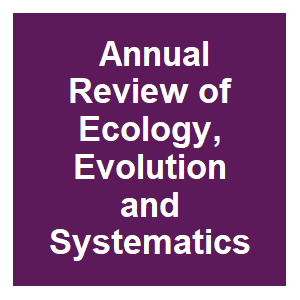
|
Gene Drive Dynamics in Natural Populations: The Importance of Density Dependence, Space, and SexS. Dhole, A. L. Lloyd and F. Gould, Annual Review of Ecology, Evolution, and Systematics, 51:505-531. 2020.
The spread of synthetic gene drives is often discussed in the context of panmictic populations connected by gene flow and described with simple deterministic models. Under such assumptions, an entire species could be altered by releasing a single individual carrying an invasive ... Keywords: Ecology, gene drive synthetic, modelling, mosquito, population dynamics |

|
Conservation implications of disease controlJ. C. Buck, S. B. Weinstein, G. Titcomb and H. S. Young, Frontiers in Ecology and the Environment, 6. 2020.
Infectious diseases have indelibly altered human history and, in doing so, have shaped the ecology and conservation of the natural world. Attempts to control diseases often result in adverse environmental impacts, including habitat degradation and unintended outcomes such as ... Keywords: Ecology, gene drive synthetic, modelling, mosquito, population dynamics |
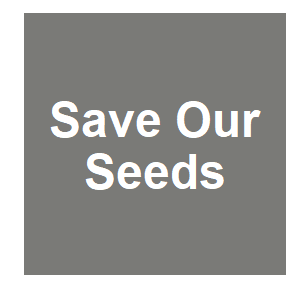
|
Gene Drive FilmSave Our Seeds, , 2020.
This is a video based on the findings in GENE DRIVES: A report on their science, applications, social aspects, ethics and regulations which you can find here. There was a Symposium on May 24, 2019 that covers the topics in the report and the presentations at that symposium can ... Keywords: Ecology, gene drive synthetic, modelling, mosquito, population dynamics |
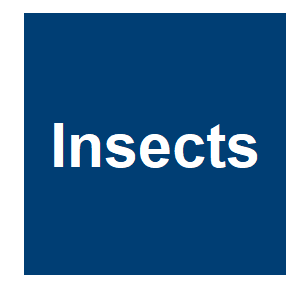
|
Twenty-five Years of Research Experience with the Sterile Insect Technique and Area-Wide Management of Codling Moth, Cydia pomonella (L.), in CanadaH. M. A. Thistlewood and G. J. R. Judd, Insects, 10:292. 2019.
The advent of novel genetic methods has led to renewed interest in the sterile insect technique (SIT) for management of insect pests, owing to applications in mass rearing and in the production of sterile offspring without use of irradiation. An area-wide management programme for ... Keywords: Ecology, gene drive synthetic, modelling, mosquito, population dynamics |

|
Gene Drive Symposium-Critical Science SwitzerlandCritical Scientists Switzerland; European Network of Scientists for Social and Environmental Responsibility; Vereinigung Deutscher Wissenschaftler, , 2019.
Keywords: Ecology, gene drive synthetic, modelling, mosquito, population dynamics |
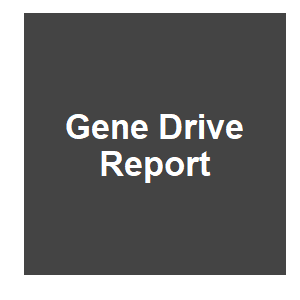
|
Gene Drives: A report on their science, applications, social aspects, ethics and regulationsH. Dressel, Critical Scientists Switzerland; European Network of Scientists for Social and Environmental Responsibility; Vereinigung Deutscher Wissenschaftler, 2019.
Engineered Gene Drives are a new form of genetic modification that provides the tools for permanently modifying or potentially even eradicating species or populations in the wild. Unlike the previous genetically modified organisms (GMOs), gene drive organisms (GDOs) are not meant ... Keywords: Ecology, gene drive synthetic, modelling, mosquito, population dynamics |
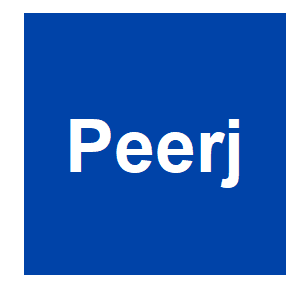
|
Spatial structure undermines parasite suppression by gene drive cargoBull, JJR, Christopher H.; Gomulkiewicz, Richard; Krone, Stephen M., PeerJ, 7:e7921. 2019.
Gene drives may be used in two ways to curtail vectored diseases. Both involve engineering the drive to spread in the vector population. One approach uses the drive to directly depress vector numbers, possibly to extinction. The other approach leaves intact the vector population ... Keywords: Ecology, gene drive synthetic, modelling, mosquito, population dynamics |
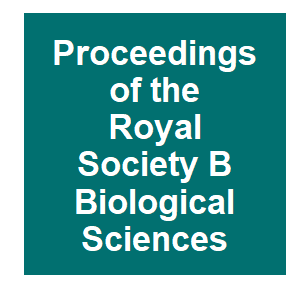
|
Controlling invasive rodents via synthetic gene drive and the role of polyandryManser, AC, S. J.; Sutter, A.; Blondel, D. V.; Serr, M.; Godwin, J.; Price, T. A. R., Proceedings of the Royal Society B-Biological Sciences, 286:9. 2019.
House mice are a major ecosystem pest, particularly threatening island ecosystems as a non-native invasive species. Rapid advances in synthetic biology offer new avenues to control pest species for biodiversity conservation. Recently, a synthetic sperm-killing gene drive ... Keywords: Ecology, gene drive synthetic, modelling, mosquito, population dynamics |
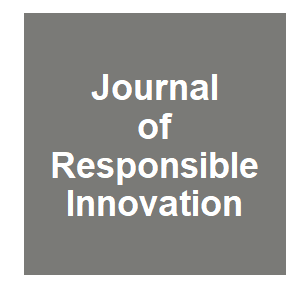
|
Identifying and detecting potentially adverse ecological outcomes associated with the release of gene-drive modified organismsK. R. Hayes, G. R. Hosack, G. V. Dana, S. D. Foster, J. H. Ford, R. Thresher, A. Ickowicz, D. Peel, M. Tizard, P. De Barro, T. Strive and J. M. Dambacher, Journal of Responsible Innovation, 5:S139-S158. 2018.
In this paper, we outline methods to identify hazards and detect potentially adverse ecological outcomes at the individual (genotype, phenotype), population, community and ecosystem level, when progressing Gene Drive Modified Organisms through a phased test and release pathway. ... Keywords: Ecology, gene drive synthetic, modelling, mosquito, population dynamics |

Contact
David O’Brochta
Foundation for the
National Institutes of Health
geneconvenevi@fnih.org
RSS

